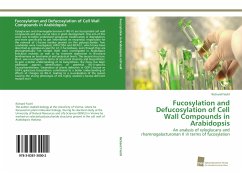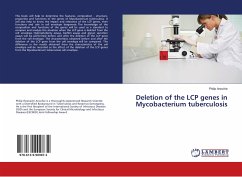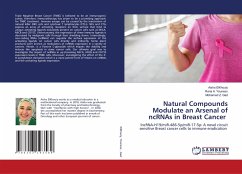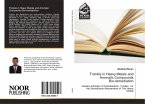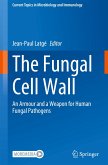Xyloglucans and rhamnogalacturonan II (RG-II) are fucosylated cell wall compounds and play crucial roles in plant development. One aim of this work was to better understand xyloglucan modification or degradation, and more specifically to get information on enzyme(s) responsible for the removal of L-fucose residue present on this polysaccharide. Two candidates were investigated, AtFUC95A and AtFXG1, which have been described as xyloglucan-specific 1,2-fucosidases, even though they are phylogenetically not related. Both were investigated in Arabidopsis knockout mutants as well as by transient expression in Nicotiana benthamiana on biochemical and analytical levels. The second structure, RG-II, was investigated in terms of structural diversity and biosynthesis. To gain a better understanding of its biosynthesis, the focus has been addressed against identification of potential RG-II-specific fucosyltransferases. Generation of plants defective in GDP-L-fucose or GDP-L-galactose biosynthesis contributed to a better understanding of effects of changes on RG-II, leading to a re-evaluation of the reason causing the strong phenotype of the highly studied L-fucose-deficient mutant mur1.

